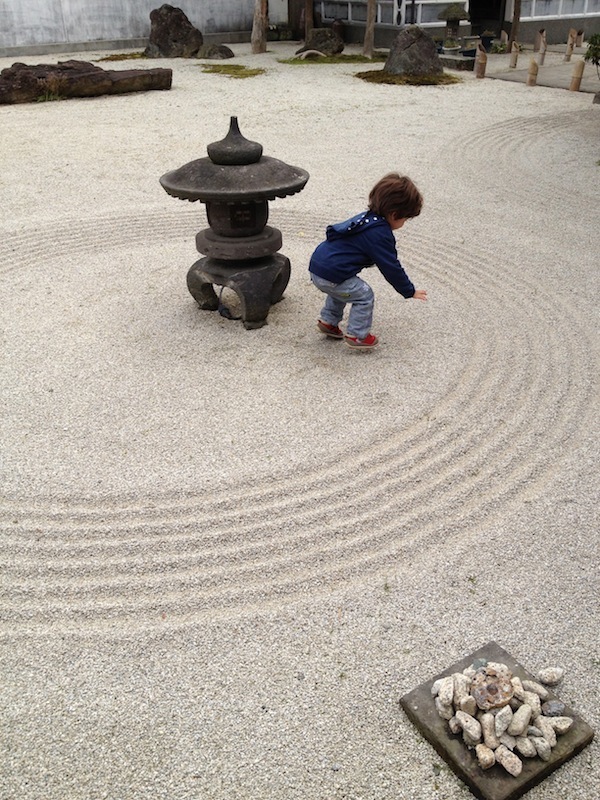Walkabout - Yame
 Friday, March 23, 2012 at 10:16AM
Friday, March 23, 2012 at 10:16AM
If you live in Fukuoka City, Yamé is one of those outlying rural towns you can’t quite ignore. Famous for its green tea, known as Yamé cha, the region is Japan’s sixth largest producer of tea and the nation’s number one source of gyokuro (玉露), green tea of the highest quality. Yamé is also famous for its Yamé Ningyô (人形, dolls), commercials for which are aired on TV every year just after New Year’s.
And so, after living in Fukuoka for as long as I have and constantly hearing about Yamé—I can even sing the Yamé Ningyô Kaikan jingle—I decided to finally go and see for myself if the town had anything worthwhile to offer.
My first impression was no. Yamé was just another sad little town with the same miserable prefab constructions housing the same chain drugstores and discount shops you’d find just about anywhere. There was also the all too common monstrosity; in this case, a “traditional craft” center, an eyesore that was not very “traditional” or “crafty” looking. The Yamé Dentô Kôgei Kan had been constructed with the same bureaucratic zeal and desperate hope that if we build it they, the great busloads of tourists, will come.
It always makes me wonder what the city officials and local politicians must think when, in spite of their gleaming, yet austere, monuments to local culture, no one comes. If I were one of them, I would slip out of town in the middle of night, embarrassed by what I had done. I doubt that’s what happens though. Most likely, they slap each other on their backs and say, “Look what we did!” and start making arrangements to build the next monstrosity. Meanwhile, the city going deeper into debt.
One other thing I find odd about sleepy little towns like Yamé is how good the infrastructure looks. The roads are immaculate, beautifully paved and maintained, and yet the houses and buildings lining the streets are crumbing or shuttered. You’d think those city officials and local politicians would notice the incongruence, but, no, they’re too busy slapping each other on the back and saying, “Look what nice roads we have!”
That said, if you were to venture into the center of Yamé, into the heart of its old town, you’ll be rewarded with an unusual sight in Japan today: long rows of traditional Japanese houses, dating back a hundred, two hundred years or more. A few of these homes are nicely maintained: the ugly metal siding has been removed to reveal the white-washed clay walls, called shirakabe (白壁), the shabby aluminum doors from YKK are gone, and the glass in the windows is original, having warped over time.
When I traveled to the town of Kitsuki, Ôita prefecture last autumn (still meaning to write about that trip), it occurred to me that the places that were the most beautiful in Japan were those which had been passed by or overlooked during Japan’s boom years when whole neighborhoods of traditional houses were bulldozed in order to make room for shabby condominiums, ugly prefab buildings, and gaudy pachinko parlors or love hotels. Thank God the real estate bubble burst before the cancerous “development” could spread to Japan’s more rural towns.
Yamé’s old town has potential and needs more investment in protecting and improving the appearance of the old houses. The metal siding has got to go, the aluminum doors need to be replaced with traditional wooden doors. There need to be regulations, like those in England protecting cultural assets. A tax on Yamé’s famous tea might help create a fund to do just this, but local governments are often prevented by the central government from levying such taxes. Ôsaka’s firebrand mayor, Tôru Hashimoto, has argued for more autonomy in this respect and it remains to be seen if his party Ishin no Kai will, one, be able to win enough seats in parliament, and, two, have the power to take on Japan bureaucracy and begin making the radical, yet necessary changes to the way business is done in Japan.
 Noooooooooooo!!!!
Noooooooooooo!!!!


